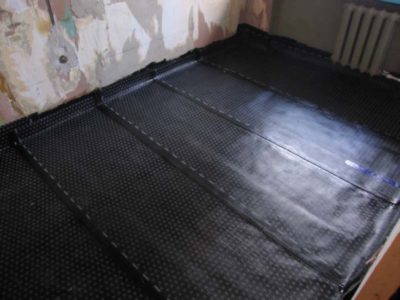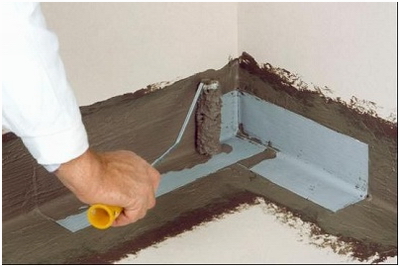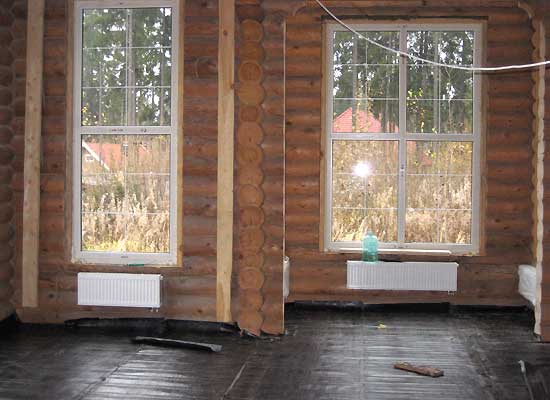Do-it-yourself waterproofing the floor: working with cement-polymer mastic
At one of the stages of floor installation in a residential or industrial building, it is necessary to carry out waterproofing, choosing the most suitable material for this. Using a cement-sand mixture, the alignment of the base floor in the room is carried out. At the same time, the floor must be waterproofed in advance of the screed. A high-quality waterproofing layer protects the floor structure from the damaging effects of moisture. In rooms with a high level of humidity, the device for waterproofing the floor directly affects the comfort and safety of their operation.
What is waterproofing?
In the building materials market, you can find various materials that effectively protect the floor from moisture. The most widely used are coating and pasting materials, with the help of which waterproofing a floor with their own hands is carried out quickly and easily.
- Coating waterproofing floors are made by manufacturers on the basis of oxidized bitumen, in which organic solvent and various fillers are added. As additives, latex, plasticizer or crumb rubber can be used. Thanks to these additives, it is possible to increase the elasticity of the coating. This affects the reliability of the material and its resistance to external influences. Bitumen-rubber or bitumen-polymer mastics have high adhesion, which provides strong adhesion of the waterproofing material to the floor base. If the floor is waterproofed under the screed, which is based on reinforcing fiber, then the strength and abrasion resistance of the concrete base increases. The risk of shrinkage cracks in concrete is also reduced.
- Waterproofing waterproofing It is created on the basis of bitumen, which is reinforced with fiberglass or polyester and enriched with modified polymers. The release of these products is arranged in rolls. It is more convenient to use self-adhesive materials for waterproofing the floor, because laying deposited rolls requires the use of special equipment in the form of a gas burner.

Note! Mastic for floor waterproofing displaces rolled materials, because unlike them it does not have an unpleasant odor, and also does not contain seams that can cause water leakage. However, rolled materials have their own niche in the market and attract buyers with their affordability. In addition, after fixing the adhesive waterproofing to the base, you can continue laying the floor.
We make cement-polymer mastic
Know that the waterproofing of the floor in the shower can be made not only from ready-made mixtures, but also from cement-polymer mastic, kneading with your own hands. To prepare it, take:
- dry cement;
- mineral filler;
- water.
Sometimes, instead of water, a special binder emulsion is used, as well as an aqueous, acrylic, silicone or vinyl polymer dispersion. The consistency of the resulting mixture resembles liquid plasticine.
In order for the waterproofing to fit well on the base base, it is necessary to carefully prepare it for work. In this case, garbage is collected and taken out. Using a vacuum cleaner get rid of building dust. To ensure better adhesion, it is recommended that the surface of the subfloor be treated with primers.Usually manufacturers of waterproofing materials advise which primers are best used.

Important! With the help of cement-polymer mastics, you can even the floor level in the bathroom, bringing it to the required height. Therefore, after applying this composition, the screed is not filled. Finishing flooring can be laid directly on top of the waterproofing layer.
Remember that after applying bituminous mastic, liquid rubber or other types of coating materials, you must give time to polymerize the applied waterproofing layer. Filling screeds or laying the finish floor begin after the end of this process.




1 comment